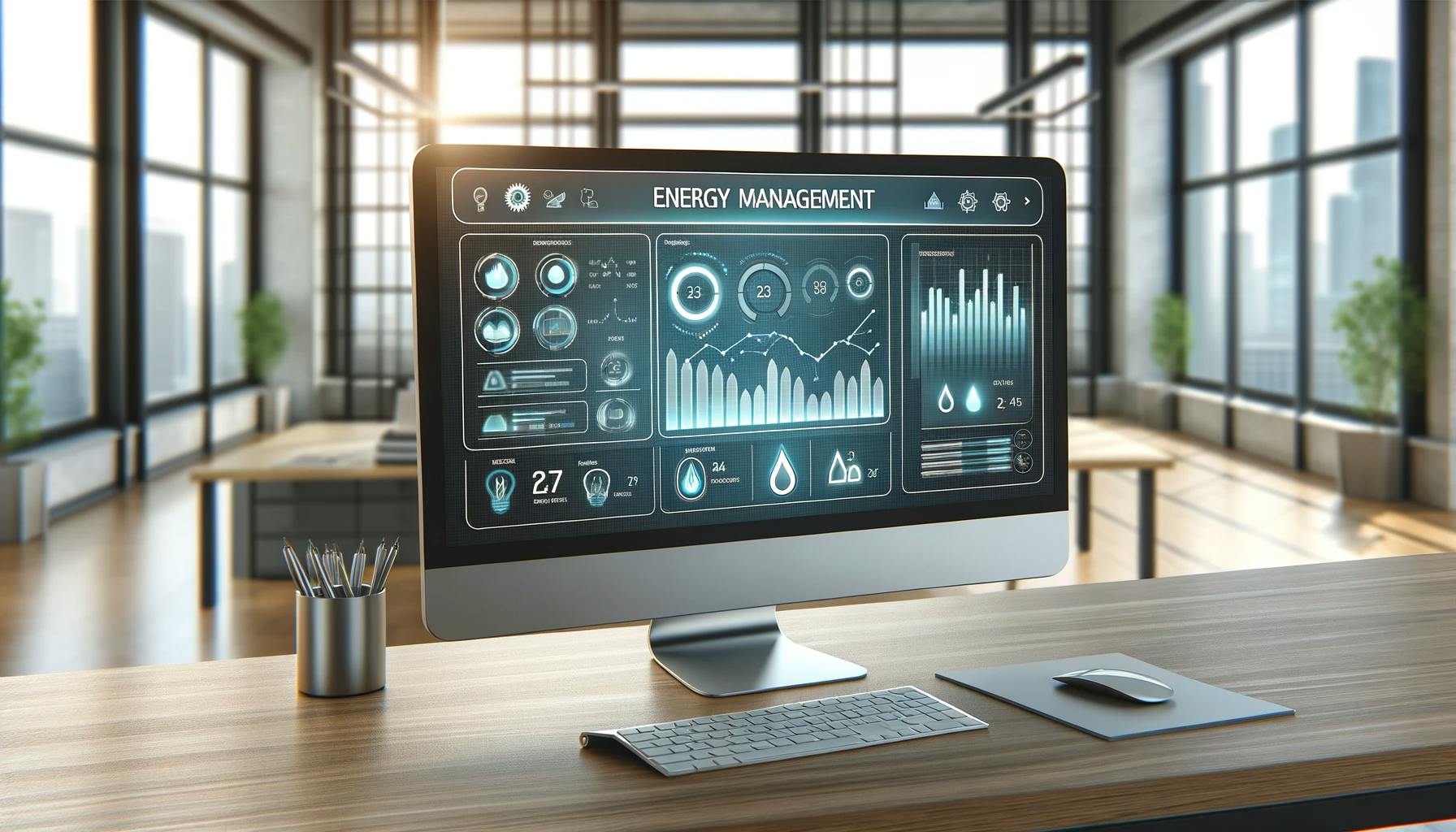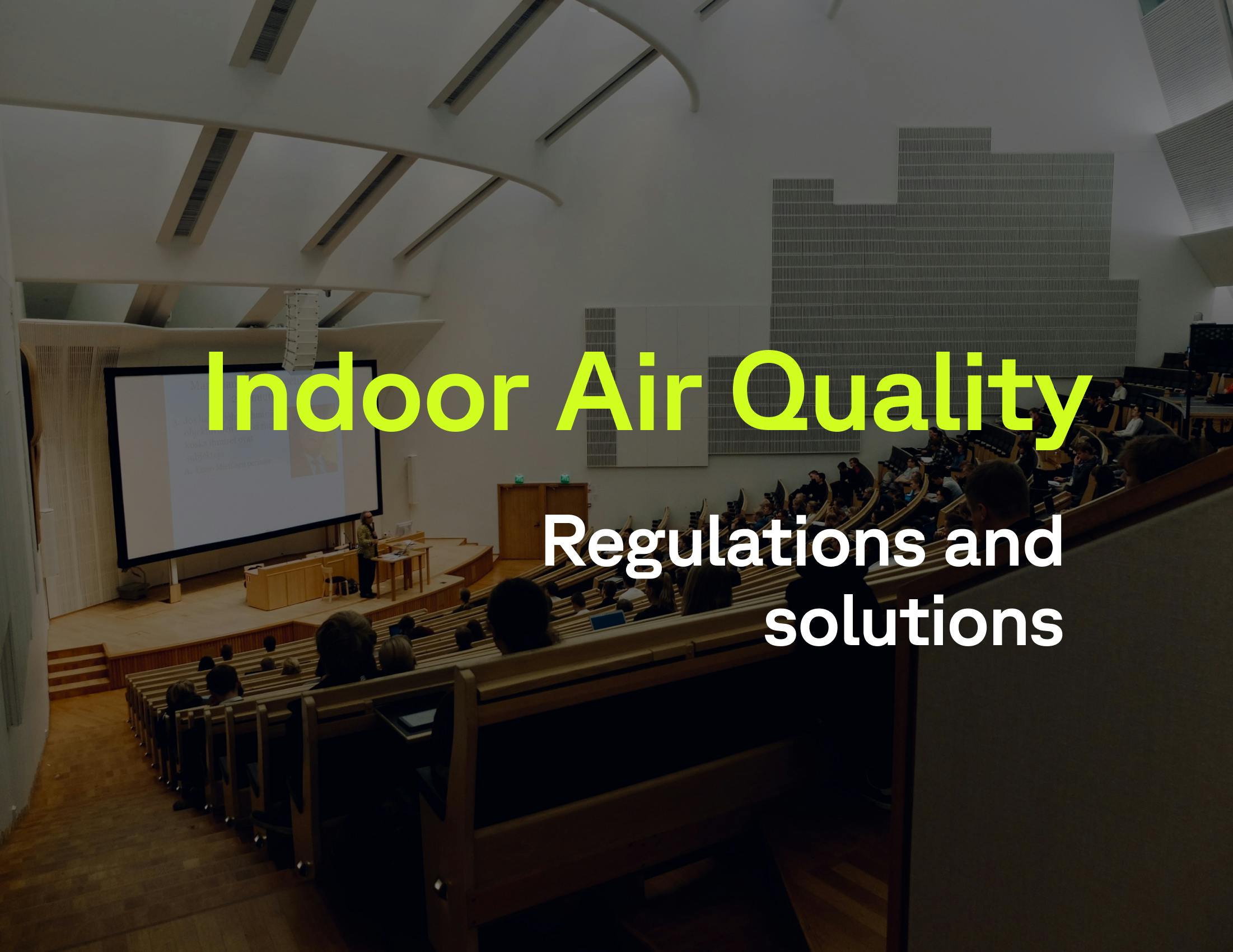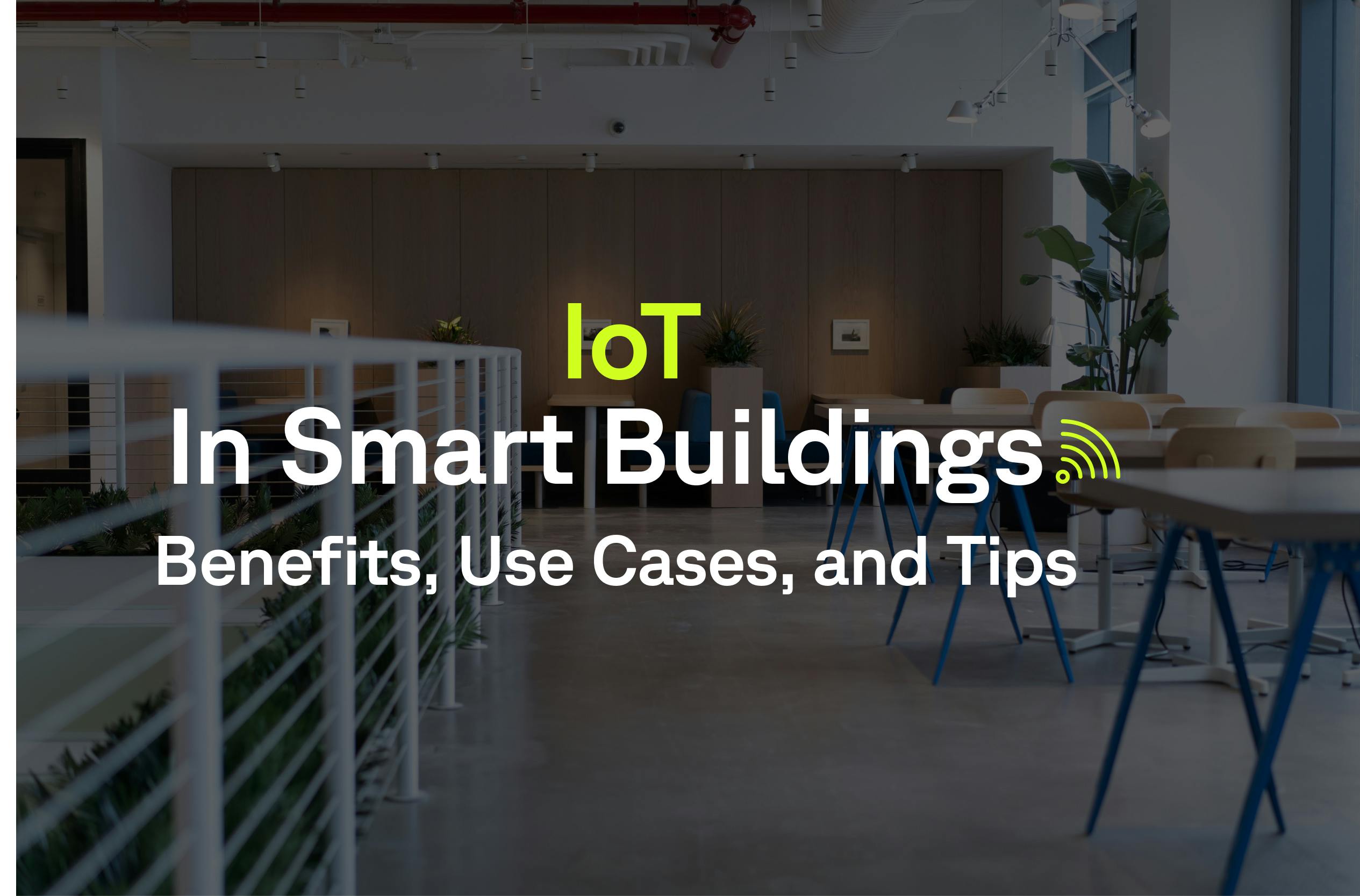Understanding Energy Management System (EMS)

- How to Streamline Building Consumption and Reduce Energy Costs?
- What is an Energy Management System?
- What Benefits Does the Energy Management System Bring to Property Owners?
- Why Connectivity is Essential in an Energy Management System (EMS)?
- The Return on Investment of an Energy Management System (EMS)
- The Future of the Energy Management System
How to Streamline Building Consumption and Reduce Energy Costs?
To efficiently lower energy expenses and contribute to the fight against climate change, implementing an Energy Management System (EMS) is a guarantee of achieving rapid and effective results. This comprehensive approach, also known as Energy Technical Management (ETM) or Building and Energy Technical Management (BETM), represents a major lever in the energy transition. It promotes more responsible and efficient consumption, significantly reducing energy bills. This is a valuable asset for property owners. But how can it be implemented? All the answers are provided in this article.
Wattsense technology is an intuitive and affordable connectivity solution that enables the implementation of an energy management system and its integration with other building systems. Explore all the Wattsense EMS partners here.
What is an Energy Management System?
Energy Management System, a definition
An Energy Management System (EMS) is a structured approach aimed at continually improving the energy performance of a building. It involves a combination of practices, processes, and tools that allow an entity to monitor, control, and optimize its energy consumption. Energy management is part of an overall energy strategy, seeking to combine efficiency, cost savings, and environmental responsibility.
The implementation of an energy management system in four steps
Energy engineering and management systems are at the core of this Technical Energy Management (TEM). But to have a fully operational system, it is necessary to proceed in four phases.
1 - Energy Audit
Whether you are the owner of a residential building, a hotel, an office building, or a social housing lessor, the process must imperatively begin with an assessment of the existing conditions. An energy audit will map out the energy consumption of the building, taking into account heating systems, hot water, ventilation, and the building envelope. This will provide you with a clear understanding of the weaknesses in your property.
2 - Action Plan
Based on the audit, an action plan will be developed, including:
- Objectives to achieve,
- Identified energy-saving opportunities,
- Actions to be implemented and prioritization of actions: equipment replacement, installation of better insulation, behavior changes, integration of new energy management tools, etc.
This plan will also include a budget estimate outlining the defined action plan.
3 - Implementation of Actions
The necessary work is prioritized in the schedule. Every operation should start with the implementation of metering to track the improvements made by the energy management system and calculate the return on investment.
It is essential to proceed in a specific order: metering, insulation, replacement of energy-intensive distribution and production appliances, resizing of equipment, etc. This is followed by optimization and control, made possible by the installation of a BETM (Building and Energy Technical Management) based on connected monitoring and management equipment, such as the implementation of hourly programs.
The solution offered by Wattsense significantly enhances the efficiency and operation of such an energy management system. Other actions, such as those aimed at changing individual behaviors, are also necessary to perfect the approach.
4 - Management and Control of the EMS
The entire value of an Energy Management System (EMS) lies in the automation of its control. The EMS software evaluates energy performance by generating key indicators. Monitoring these indicators is crucial for continuously improving the efficiency of the system.
The energy management software handles the following tasks:
- Measuring various consumers by zone and use (HVAC+FM/PC/LED),
- Comparing different uses with each other,
- Identifying consumption peaks,
- Detecting anomalies and unwanted energy leaks,
- Identifying overconsumption and making necessary adjustments,
- Analyzing energy consumption based on periods, times of day, etc.
What Benefits Does the Energy Management System Bring to Property Owners?
1. Reduced energy consumption
The primary advantage of the Energy Management System (EMS) or GTE is its significant contribution to reducing energy consumption. By identifying and targeting areas of waste, the system generates actions that result in real energy savings. For property owners, developers, and municipalities, this means a substantial decrease in energy expenses. Additionally, reducing carbon footprint aligns with the imperatives of ecological transition.
2. Decrease costs associated with energy consumption
A thorough understanding of your energy consumption also allows you to choose the most suitable subscription from energy providers, thereby reducing your costs. A perfect knowledge of energy consumption types at each moment of the day and throughout the year is an undeniable asset. This opens the door to intelligent and proactive energy management in your building. The Wattsense solution, as a connector to an EMS, enables you to transform your buildings into true "smart buildings," offering a dual advantage: more economical energy management while improving the comfort of occupants.
Why Connectivity is Essential in an Energy Management System (EMS)?
The entire value of the Energy Management System relies on its ability to continuously optimize a building's energy consumption. Innovative solutions, such as those implemented by Wattsense, are the linchpin.
Connectivity is Central in Building and Energy Technical Management
The effectiveness of an Energy Management System lies in connectivity. By linking various devices and sensors to a centralized platform, it can continuously monitor, analyze, and optimize a building's energy consumption. A network of devices communicating together allows for quick and precise adjustments, establishing an entire energy strategy to ensure optimal energy use.
Centralized Data Collection
By installing sensors and diagnostic tools throughout your building, the Wattsense solution centralizes all possible data. The benefit is: conducting permanent diagnostics on the building's energy performance and making adjustments when necessary. This solution allows for remote communication with these devices, receiving alerts, and regularly generating explicit reports based on detailed graphs.
It also enables data sharing with various stakeholders involved in the building: owners, syndicates or managers, tenants, etc. Each stakeholder gets access to the data of interest, allowing them to optimize their consumption and comfort.
Data Security
Privacy and data protection concerns are rightfully at the forefront of current considerations. Connectivity solutions like Wattsense guarantee optimal security for the collected data through inviolable encryption solutions.
All-in-One Solution
The potential of an EMS is multiplied when integrated with other management systems. It can process data from various systems, from heating to ventilation, lighting, and security. This allows the identification of often overlooked optimization areas. Building management becomes a precise science, where each element plays its role in maximizing efficiency and minimizing expenses.
Key Advantages of Wattsense Solution
There are numerous building and energy technical management systems in the market. The Wattsense solution is the ideal gateway to implementing your chosen EMS in your buildings. It stands out with its advanced features. Capable of integrating with a variety of old and new equipment and sensors, it avoids costly replacements. It can connect a wide range of devices from different generations. The system implemented by Wattsense is compatible with over a dozen protocols, making it universal.
Don't fear heavy installation and connection work. On the contrary, the connectivity system provided by Wattsense can be installed in just half an hour!
The Return on Investment of an Energy Management System (EMS)
While deploying an EMS represents an initial investment, the financial benefits in terms of energy consumption savings are significant. After a well-conducted energy audit, implementing an energy management system, like the one proposed by Wattsense, leads to substantial savings and a very appealing Return on Investment (ROI).
Furthermore, enhancing energy performance modernizes your buildings, making them "smart." They better meet the expectations of residents or clients who are concerned about both environmental impact and comfort. This positive image strengthens the attractiveness of your buildings.
Why Implement ISO 50001?
It's challenging to embark on an energy management system without considering the ISO 50001 standard. The continuous improvement approach to a building's energy performance relies on efficient procedures and management tools. The ISO 50001 standard was designed to guide this process. It offers a structured framework based on the Plan, Do, Check, Act method. Developed in 2011, it requires, among other things:
- The organization, whether a property owner, developer, or social landlord, for instance, defines a suitable energy policy incorporating a commitment to improve energy performance.
- A systematic review of energy uses and improvement points.
- The definition and implementation of an action plan.
This program is necessary for the implementation of an effective energy management system.
The interest of ISO 50001 certification is twofold:
- It ensures that the energy management system has been correctly developed.
- It communicates to clients, tenants, and other stakeholders the guarantee of the benefits of an energy management system, becoming an attractive selling point.
The Future of the Energy Management System
EMS will become much more efficient in the coming years due to technological advancements. Wattsense is already preparing tomorrow's solutions that will bring spectacular advances in energy performance.
IoT
The Internet of Things (IoT) is organizing and progressing each year. It will be a central pillar of future systems. Imagine a myriad of connected devices, collecting and sharing real-time data, offering much finer control, down to the minute, in every room of the building! Even more savings and a step closer to widespread zero-carbon buildings.
Artificial Intelligence
But IoT is just one piece of the puzzle. Artificial Intelligence (AI) is poised to revolutionize how energy is managed in buildings. With sophisticated algorithms and machine learning, AI can predict consumption trends, detect anomalies in real time, and even make autonomous decisions to ensure optimal energy use. Coupled with IoT, it will enable exceptional performance.
Interoperability with Other Building Systems
The final piece of a future energy management system is interoperability. There will be no limits to connecting an EMS to other building systems: Building Information Systems (BIS) based on Building Operating Systems (BOS). This will provide a complete building control system, managing security, energy, air conditioning devices, or other areas. This interconnection will leverage all available data, creating an environment where all systems work harmoniously.
Want to learn more about the Wattsense connectivity solution?
Discover our solutionContinue reading



